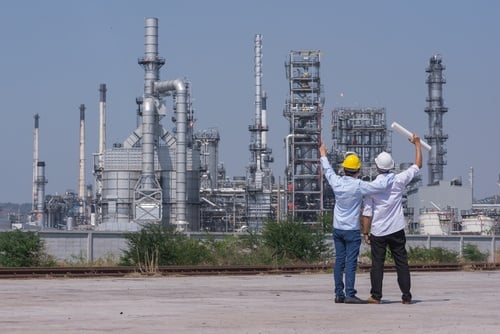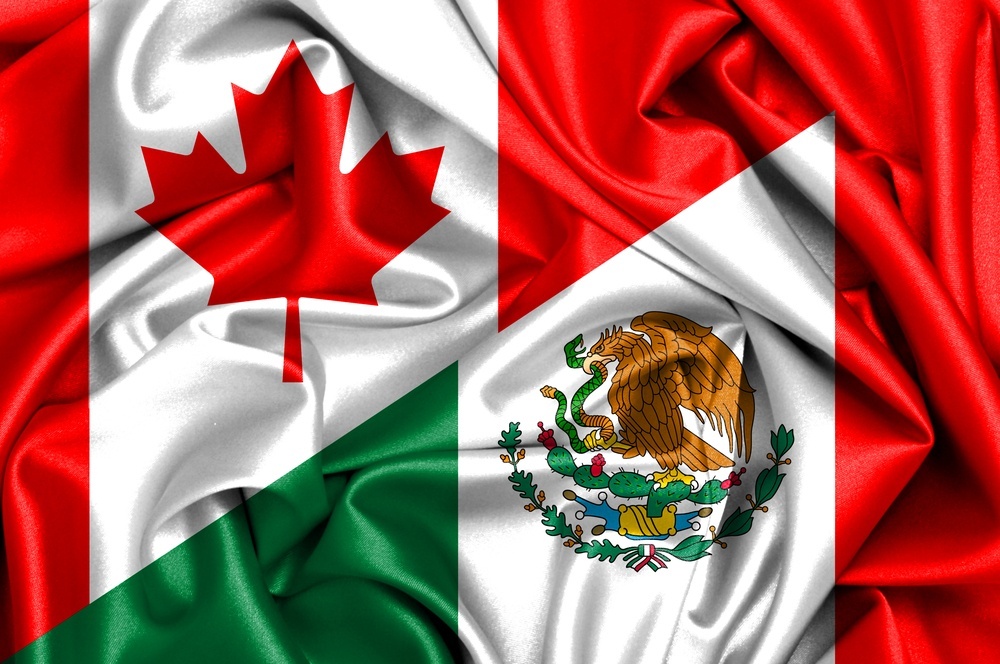Modern manufacturers aim to have lean and agile supply chains. This becomes more difficult if the suppliers in question are located internationally, and far away at that. Wherever an organization falls in the supply chain, it has options to create a more efficient process for receiving and delivering components and products. More considerations arise in an international setting, which can trip up even the most practiced of supply chain managers.
Receiving components and materials
Manufacturers depend on the delivery of components and materials to ensure smooth operations. An interruption in the supply chain can be disastrous. To avoid this, supply chain managers must be aware of potential problems with their suppliers. This can include natural disasters and political unrest, which may be more or less likely depending on the supplier's location. Managers should keep abreast of the risk of these events occurring in the locations of each of their major suppliers, and even their third- and fourth-tier suppliers. Without an understanding of what can go wrong, it's impossible to create a contingency plan.
There may also be opportunities to increase agility or save money in the supply chain. Manufacturers should consider how often they currently take deliveries, and of how much. It may be possible to take deliveries less often for a larger stock each time, for instance, in order to save money. If a manufacturer currently devotes a large amount of space to storage or money to heavy delivery loads, it should consider cutting back its orders to the minimum required to operate. Going in either direction in this case can be beneficial.
Delivering products
Delivering completed products or components to the next stage of the supply chain can be difficult. This is especially the case if a manufacturer completes products. Delivery and export of these products is likely to take place to many destinations. Internationally, managers need to be aware that what works in one market may not work in another. The promises manufacturers can make regarding delivery times in one location may be impossible in another, and it may also be more costly to ship to one country than to its neighbor. Issues of taxes, tariffs, charges, laws and regulations arise when exporting, and these can be tricky to navigate.
Choosing which services to use for delivery is an important part of supply chain management. Choices made in this sector can impact delivery times, shipping costs and more. Doing deep research into the options available can be the best option for supply chain managers attempting to increase agility or lower costs for delivery.
Manufacturers in Mexico
Manufacturers that choose to engage in low-cost manufacturing in Mexico see many benefits. Not the least of these is simplifications of their supply chains. Proximity to the U.S., a major market for exports, can lower costs for delivery. Being able to use rails and roads rather than overseas shipping options like air and ship can save a company money. Additionally, industrial parks and manufacturing complexes in Mexico often contain factories that make products subsequent to one another in the supply chain. This means there are locations where receiving component parts entails a short drive from the factory across the road. This is very advantageous for supply chain management.
International supply chain management can be further simplified for manufacturers in Mexico through a partnership with a shelter company. Offshore shelter companies have the knowledge and relationships in Mexico that are necessary to set up a cost-effective and efficient supply chain for manufacturers operating there. Often, the familiarity a shelter company has with the location can lead manufacturers to reliable delivery services and even suppliers they may not know about.
Subscribe
Sign up and stay informed with tips, updates, and best practices for manufacturing in Mexico.





